By Region, the study provides market insights into North America, Europe, Asia-Pacific, and the Rest of the World. The North American parental control software market is anticipated to expand at a significant CAGR during the study period, accounting for USD 1.3 billion in 2021 owing to increasing cases of cyber-crimes, rising awareness about online safety, and the presence of many prominent players. North America has the largest parental control software market share due to the early implementation of digitalization in the education segment. Government restrictions governing children's online safety are accelerating software adoption in North America.
Children's information is protected by laws such as the Children Online Privacy Protection Act (COPPA) in the U.S. The rise in cybercrimes such as cyberbullying, sexual harassment, and child abuse is causing parents to become more conscious of the significance of lodging software on their children's devices.
Moreover, the major countries covered in the market report include the United States, Germany, Canada, France, the United Kingdom, Italy, Spain, India, Japan, Australia, China, South Korea, and Brazil.
Figure 3: Parental Control Software Market By Region 2021
The European parental control software market is the world's second-largest. The growth of this region is mainly attributed to increased penetration of the internet and the rapidly rising use of smart devices. The growing adoption of newer technology at a rapid pace compared to other parts of the world has increased the screentime of the younger population driving the demand for parental control software. Besides, the emergence of new entrants and the steady increase in the availability of adequate software will result in the market growth in the coming years.
Further, the U.K. parental control software market held the largest market share, and the France parental control software market was the fastest-growing market in the European region.
The Asia Pacific parental control software market is expected to grow at the fastest rate of CAGR during the forecast period owing to increasing government initiatives for implementing parental control software solutions coupled with growing concerns regarding child pornography and sexual abuse. Moreover, availability and ease-of-use features are likely to contribute towards higher adoption rates across this region. For instance, a Cybersitter allows parents to live outside their home country (parental control) or inside their home country (on demand). In addition, key players look to the region as an opportunistic region for establishing their business network.
With the growing number of e-learning and distance learning courses, educational institutes across countries such as India, South Korea, China, and more are focusing on strengthening the digital well-being of students. Moreover, China’s parental control software market held the largest market share. The Indian parental control software market was the fastest-growing market in Asia-Pacific.
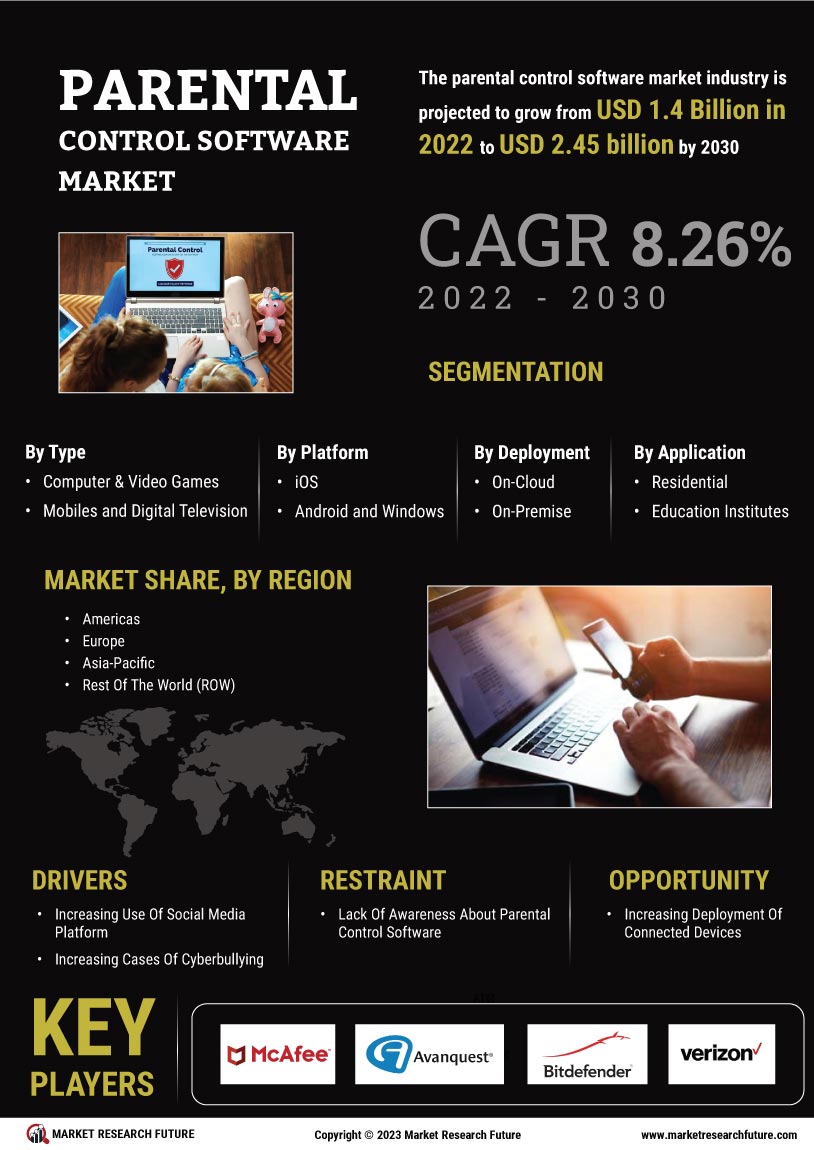


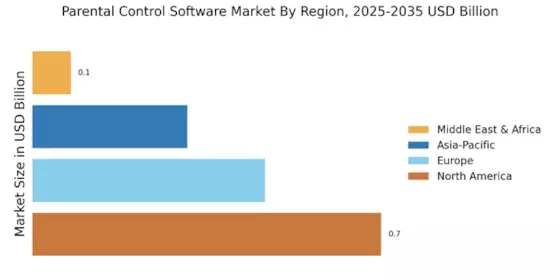

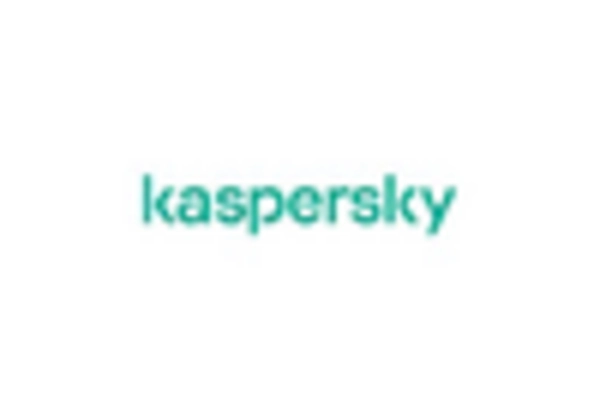
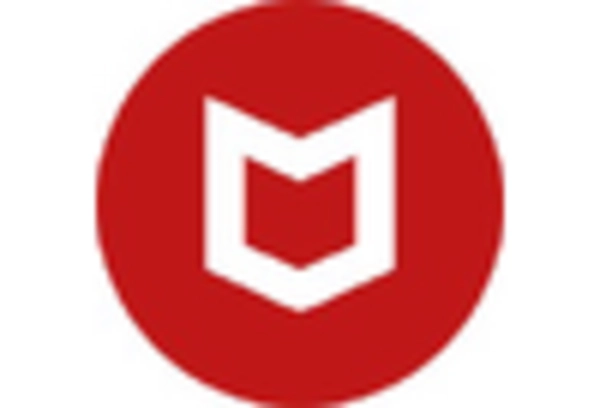

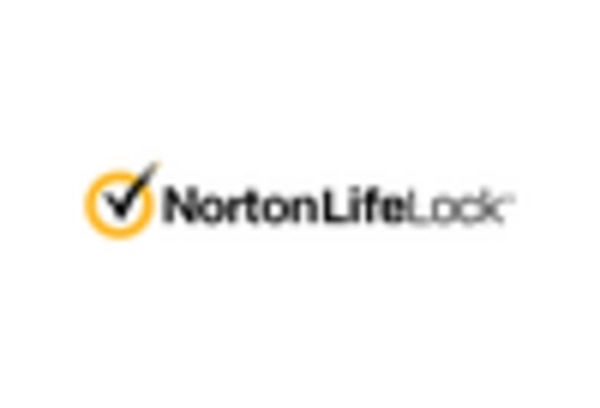









Leave a Comment